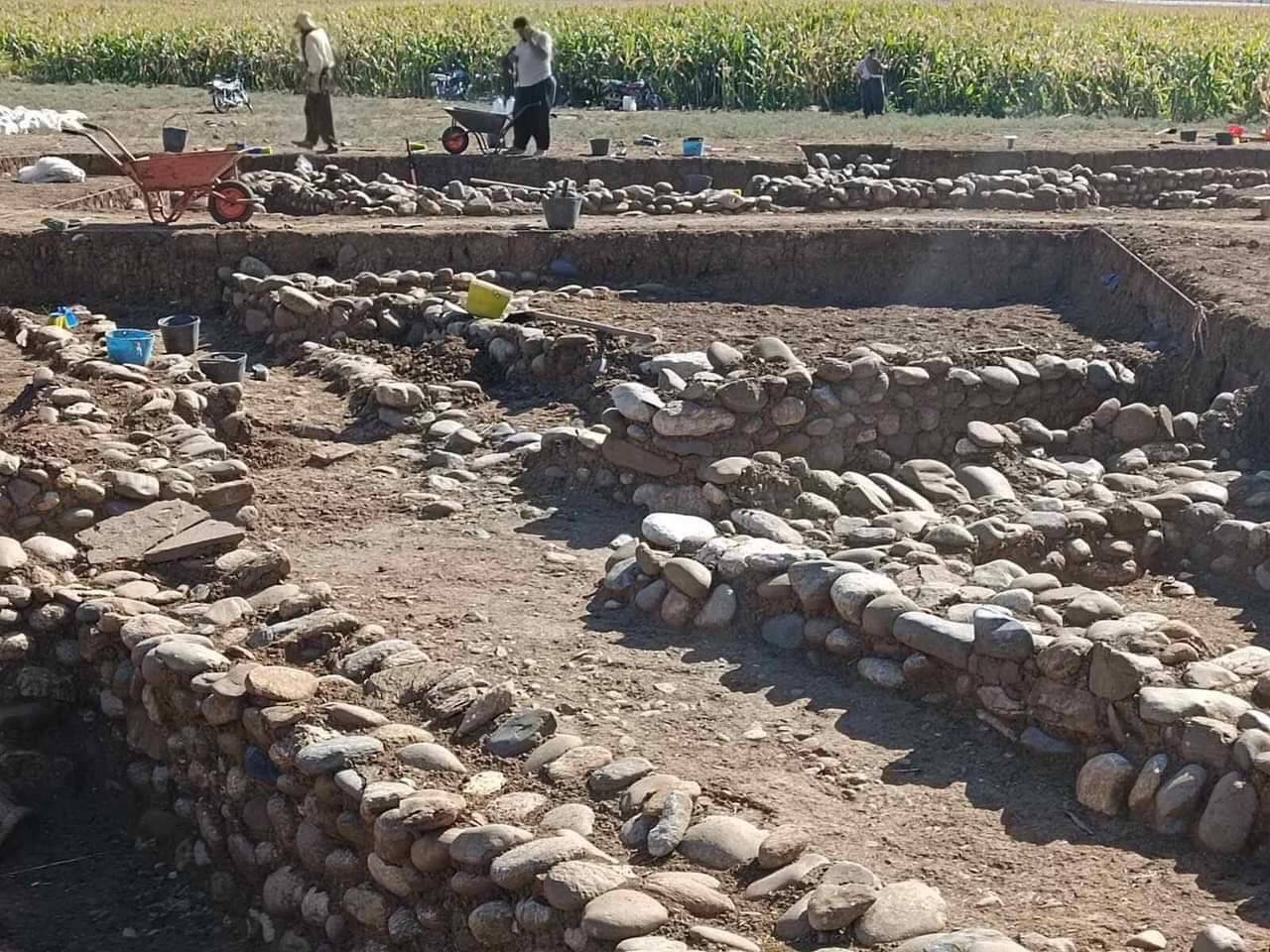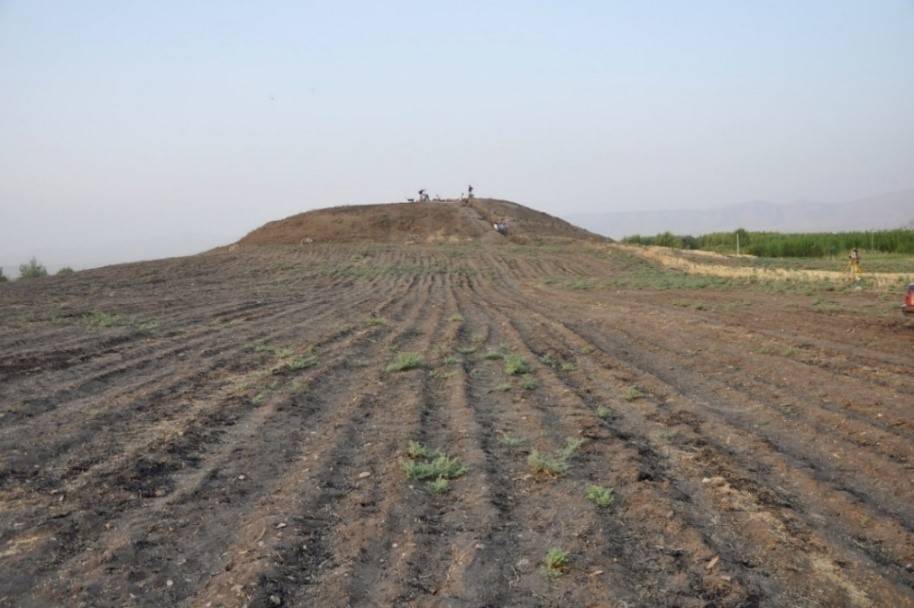Issue 21
Issue 21

About 5 km south of the district town of Qaladze, in the Peshdar Plain on the eastern bank of the Little Zab, lie the two archaeological sites of Qalat-i Dinka and Gird-i Bazar.

Gird-î Kazhaw is located at the eastern perimeter of the large spring near Bestansur. The site consists of two mounds extending across an area of 4 ha. Mound A is only 2–3 m in height and of oval shape while Mound B reaches up to 10 m in height.
240526040018.jpg)
The publication of archaeological and educational education by the excavation team in Ashkawta Rash After about two seasons of work in the black cave (Alla Quli) located on the border of the same village in the town of Bardaqaraman. The team، consisting of the British University of Liverpool and the Sulaymaniyah Directorate of Archaeology and Heritage, represented by the archaeologist Amanj Hama Amin Rahim,
Issue 21